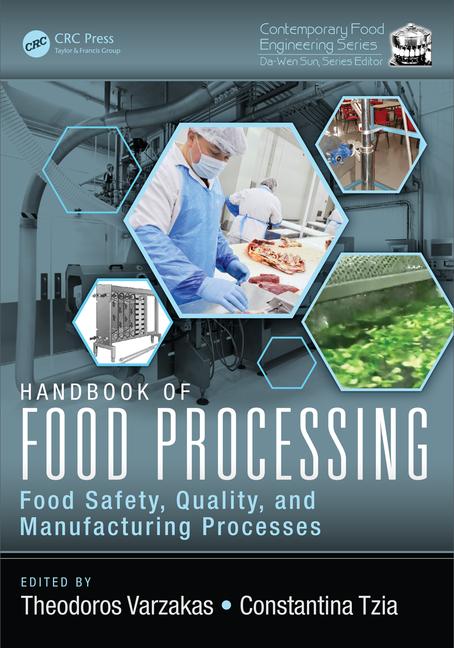Reframing food waste: Tackling the big picture with almonds
Almond sector aims to do more with less resources, eliminate waste.


.png?t=1661286478&width=1080)


.png?t=1661286478&width=150)
Innovative approaches to almond cultivation can provide a unique view into zero waste and sustainability. By investing in research-based, cutting-edge solutions that contribute to a circular economy, the almond sector is identifying new and valuable uses for everything grown in the orchard—generating upstream solutions, doing more with less resources, giving back to nature, and eliminating waste before food even leaves the farm.
As the urgency for a circular economy increases, the California almond industry is an example of agriculture’s ability to channel organic resources (like almond byproducts) back into nature to benefit the greater ecosystem. Almonds have a two-year shelf life when stored properly, which means very few almonds go to waste. But beyond the almond itself, California almond farmers are taking action to optimize the uses for almond byproducts, meaning the materials leftover from growing almonds: hulls, shells, and woody biomass.
Almond hulls are a particularly rich source of nutrients when used as animal feed, helping poultry to combat salmonella and improving their egg-laying capacity. They can also be used as growing medium for mushroom cultivation as a replacement for traditional peat moss, a non-renewable resource that’s often imported from Canada.
Almond shells can be used as a feedstock to grow black soldier fly larvae, a valuable food source for poultry and aquaculture. They can also be burned, transformed and added to post-consumer recycled plastics, making them stronger and more heat stable. This increases our ability to recycle existing plastic, resulting in less new plastic in the world.
Consider the orchard as a carefully managed forest. Almond trees sequester carbon, clean pollutants from the air, produce oxygen, offer a food source for pollinators, and more.[1] [2]
Using the trees’ woody biomass, California almond farmers are pioneering a regenerative practice and remarkable form of agricultural recycling called whole orchard recycling. At the end of their productive lives, entire orchards are returned to nature by grinding up the trees and plowing them back into the soil. Whole Orchard Recycling increases orchard yields (+19%), soil carbon (+58%), water holding capacity (+32%), organic matter (+42%), aggregation (+19%), and nitrogen (+17%).[3]
Farms that use whole orchard recycling sequester 2.4 tons of carbon per acre, equivalent to living car-free for a year. For almond farms, the majority of which are between 50-100 acres, the potential benefits are promising.[4] With further production improvements—like whole orchard recycling—and key policy changes, the California almond community could eventually be carbon neutral, or even carbon negative.
Finding ways to reduce environmental footprint while adding value is at the heart of almond farming, ensuring farmers can grow a better future for their families, communities, and the planet. When the California almond industry says zero waste, it means using everything we grow to make the world a better place. Visit Almonds.com for additional sustainability resources.
[1] Nowak, D., et al. Tree and forest effects on air quality and human health in the United States. Environmental Pollution. 193: 119-129. May 2014.
[2] Ramesh Sagili. Assistant Professor – Apiculture, Department of Horticulture. Oregon State University.
[3] Jahanzad E, Holtz BA, Zuber CA, Doll D, Brewer KM, et al. (2020) Orchard recycling improves climate change adaptation and mitigation potential of almond production systems. PLOS ONE 15(3): e0229588. https://doi.org/10.1371/journal.pone.0229588
[4] USDA 2017 Census of Agriculture.
Looking for a reprint of this article?
From high-res PDFs to custom plaques, order your copy today!











.png)